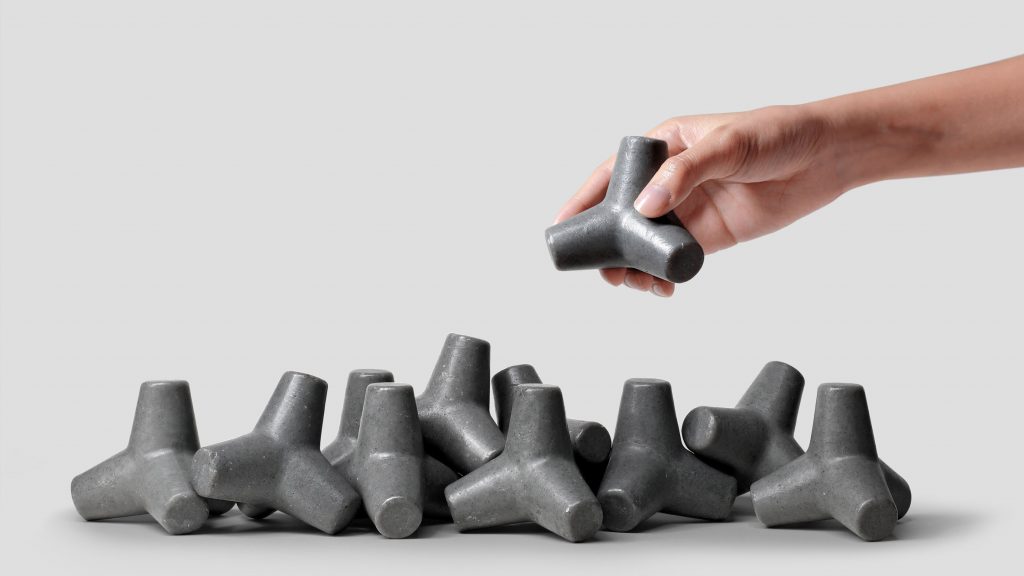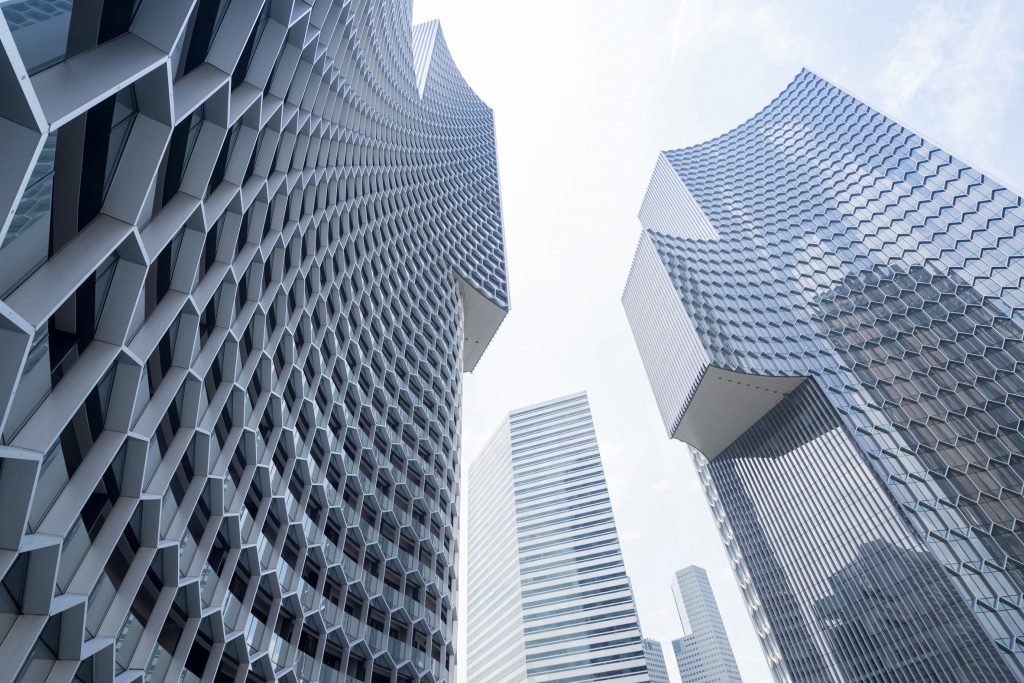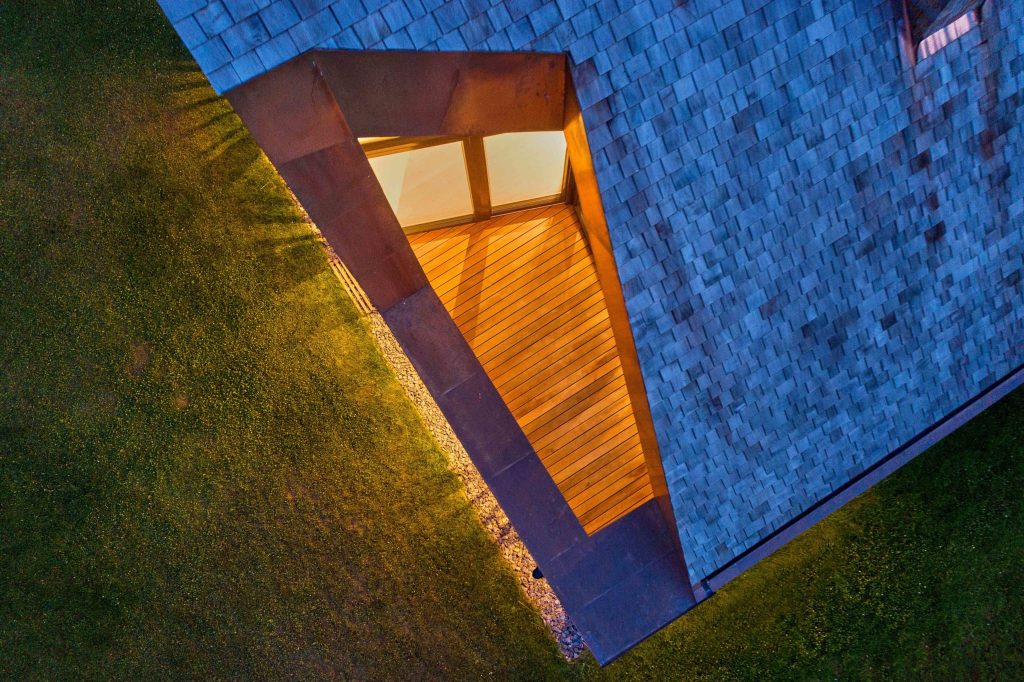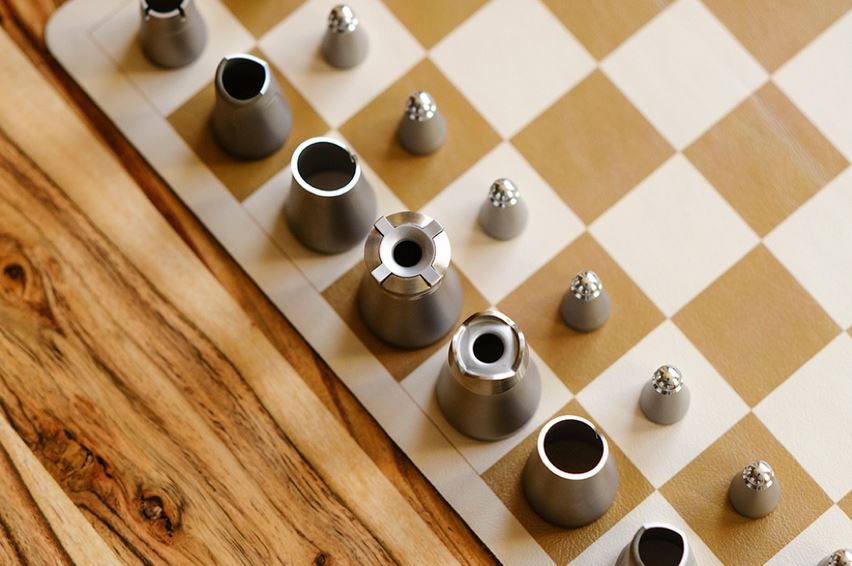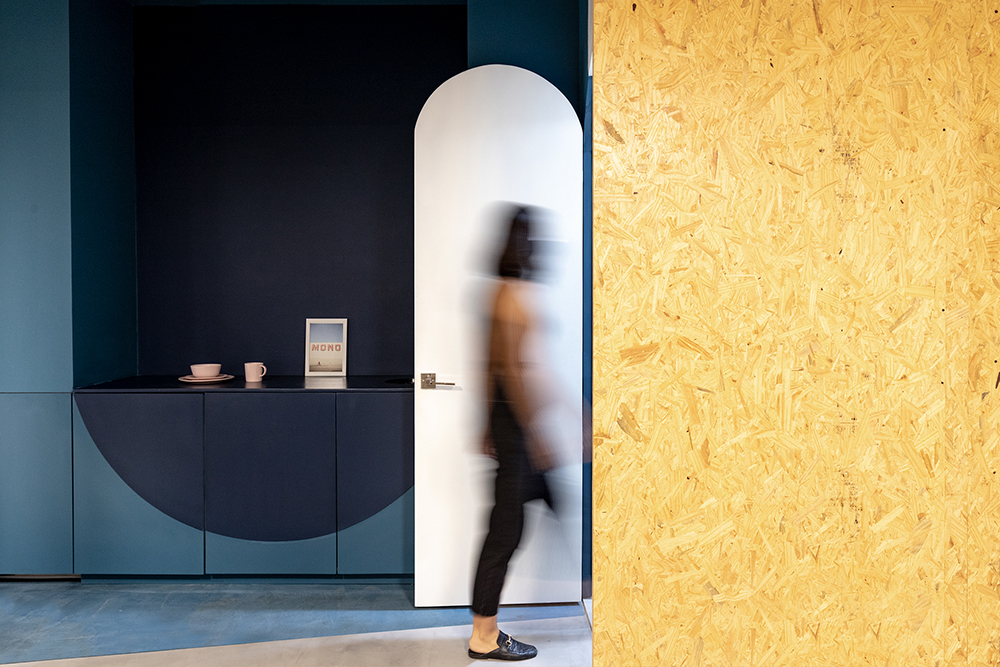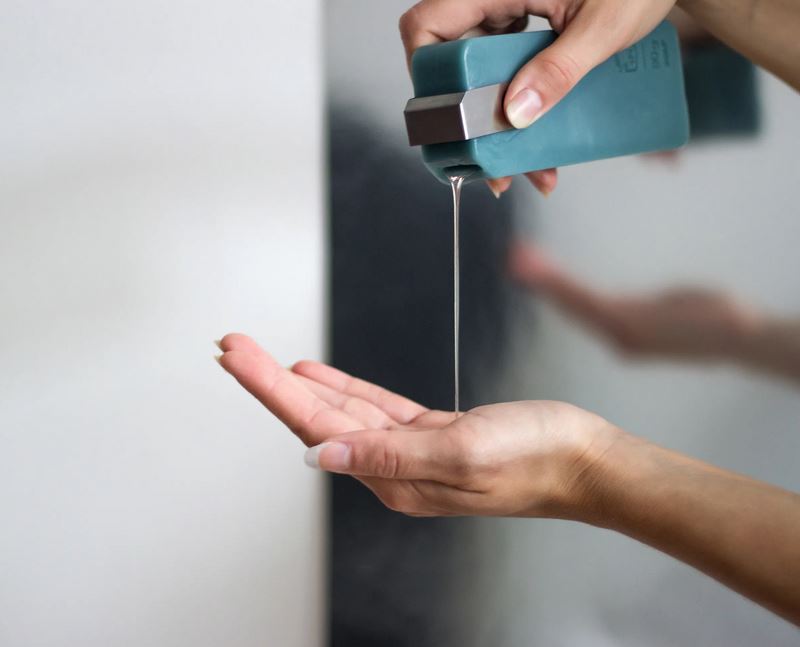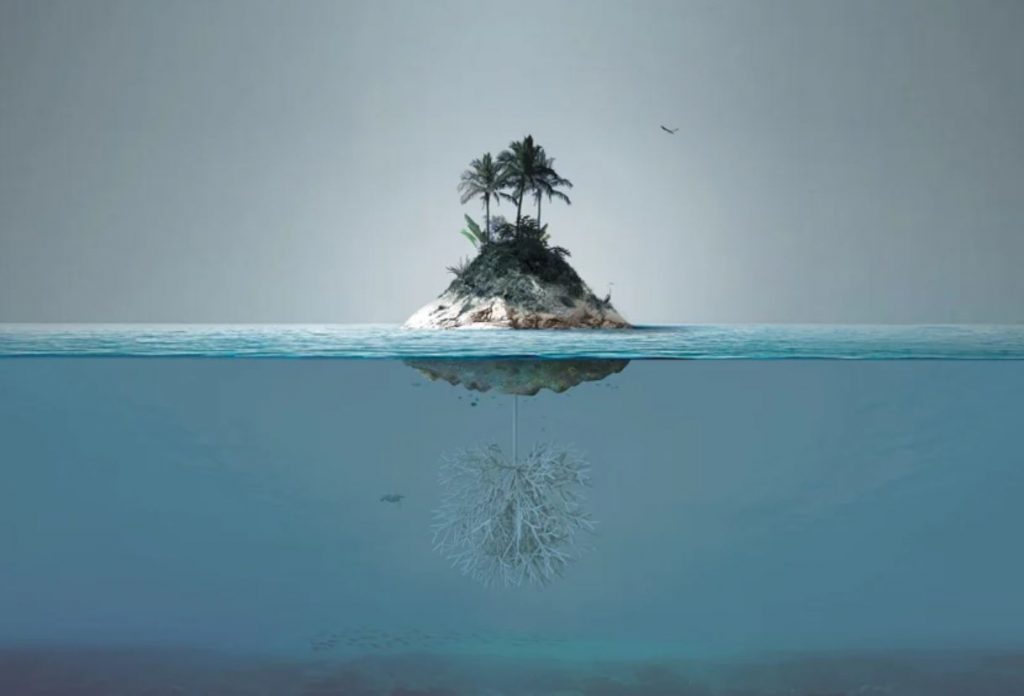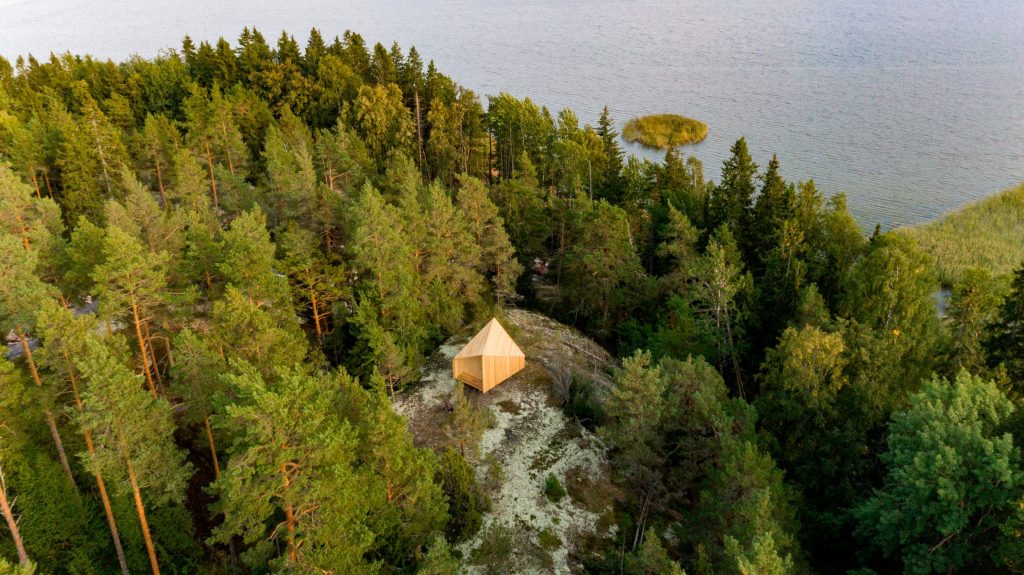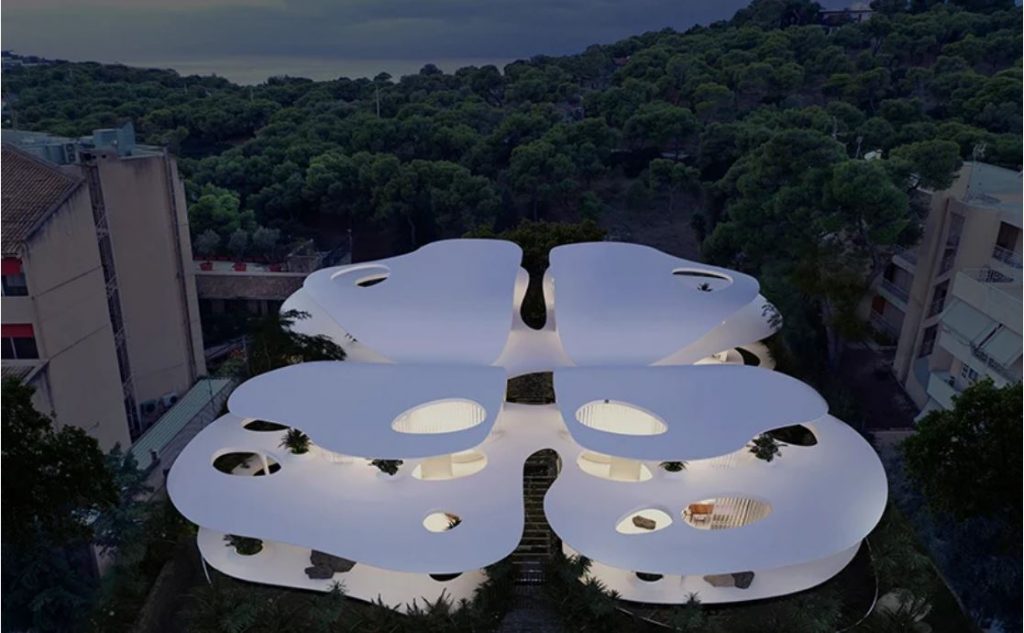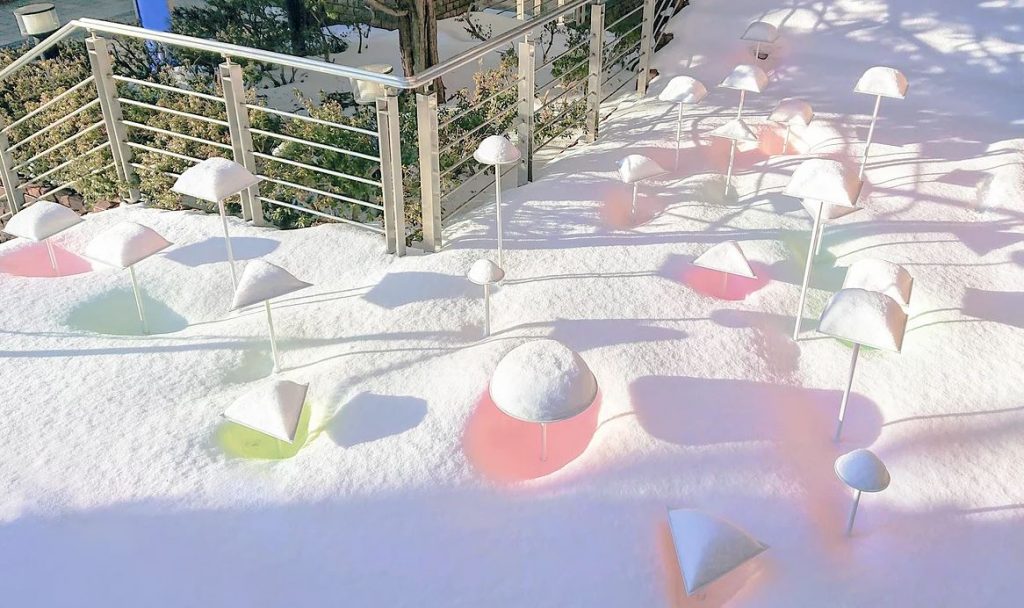Apart from its functionality, concrete has been appreciated by designers and artists for its brutalist aesthetics that can present itself in many guises. The material can take the shape and texture of whatever surface it is cast against, offering the potential to create elegant straight lines or complex geometries. The surface of exposed concrete inspires designers of various disciplines to replicate it in totally new and unexpected ways.
